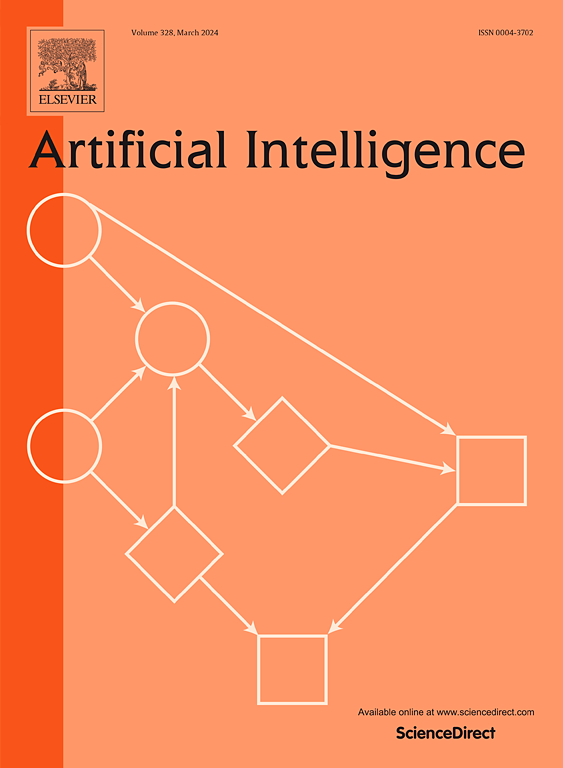Configurable hyperdimensional graph representation
IF 4.6
2区 计算机科学
Q1 COMPUTER SCIENCE, ARTIFICIAL INTELLIGENCE
引用次数: 0
Abstract
Graph analysis has emerged as a crucial field, offering versatile solutions for real-world data representation, from social networks to biological systems. However, the intricate nature of graphs often necessitates a degree of processing, such as learning mappings to a vector space, to perform analysis tasks like node classification and link prediction. A promising approach to this is Hyperdimensional Computing (HDC), inspired by neuroscience and mathematics. HDC utilizes high-dimensional vectors to efficiently manipulate complex data structures and perform operations like superposition and association, enhancing knowledge graph representations with contextual and semantic information. Nevertheless, addressing limitations in existing HDC-based approaches to graph representation is essential. This paper thoroughly explores these methods and presents ConfiGR: Configurable Graph Representation, a novel framework that introduces an adjustable design, enhancing its versatility across various graph types and tasks, ultimately boosting performance in multiple graph-related tasks.
可配置的超维图表示
图形分析已经成为一个重要的领域,为现实世界的数据表示提供了多种解决方案,从社会网络到生物系统。然而,图的复杂性质通常需要一定程度的处理,例如学习到向量空间的映射,以执行节点分类和链接预测等分析任务。超维计算(HDC)是一种很有前途的方法,它受到神经科学和数学的启发。HDC利用高维向量有效地处理复杂的数据结构,并执行叠加和关联等操作,增强知识图的上下文和语义信息表示。然而,解决现有基于hdc的图形表示方法的局限性是必不可少的。本文深入探讨了这些方法,并提出了ConfiGR:可配置图形表示,这是一个引入可调设计的新框架,增强了其在各种图形类型和任务中的多功能性,最终提高了多个图形相关任务的性能。
本文章由计算机程序翻译,如有差异,请以英文原文为准。
求助全文
约1分钟内获得全文
求助全文
来源期刊

Artificial Intelligence
工程技术-计算机:人工智能
CiteScore
11.20
自引率
1.40%
发文量
118
审稿时长
8 months
期刊介绍:
The Journal of Artificial Intelligence (AIJ) welcomes papers covering a broad spectrum of AI topics, including cognition, automated reasoning, computer vision, machine learning, and more. Papers should demonstrate advancements in AI and propose innovative approaches to AI problems. Additionally, the journal accepts papers describing AI applications, focusing on how new methods enhance performance rather than reiterating conventional approaches. In addition to regular papers, AIJ also accepts Research Notes, Research Field Reviews, Position Papers, Book Reviews, and summary papers on AI challenges and competitions.
 求助内容:
求助内容: 应助结果提醒方式:
应助结果提醒方式:


